Andrew Hastie MP to testify in Ben Roberts-Smith defamation case
Federal MP Andrew Hastie, a former SAS soldier and critic of its “warrior culture”, is set to testify in Ben Roberts-Smith’s defamation case.

Federal MP and former SAS soldier, Andrew Hastie – who is also the deputy defence minister – will be called to testify against Ben Roberts-Smith at his defamation trial, it has been revealed.
Nine newspapers has released its list of 30 witnesses to testify against the war hero in Mr Roberts-Smith’s defamation trial, which will include Mr Hastie.
The Liberal Party member for Canning, who has also served on the Parliamentary Joint Committee on Intelligence and Security, has previously been a critic of what he called the “warrior culture” of Australian soldiers in Afghanistan.
Mr Hastie is expected to be called near the end of Nine’s defence case, along with Mr Roberts-Smith’s estranged wife Emma and her school friend, Danielle Scott.
On Thursday, Mr Roberts-Smith was under cross-examination by Nicholas Owens, SC, for Nine newspapers.
Mr Roberts-Smith is suing Nine newspapers and three journalists for articles published in three newspapers from the second half of 2018.
He says the reports falsely claim he committed multiple war crimes, bullied other soldiers and that he assaulted a woman with whom he was having an affair.
He told the court that Afghan males as young as 15 would be caught by Australian soldiers and could be handcuffed and photographed with numbers written on their clothes and, if resistant, punched in the face.
Ben Roberts-Smith said the process of subduing “fighting age males” or FAMs and turning them into PUCs (persons under control) included cuffing them with plastic ties and placing bags around their necks.
In a method similar to that used to deal with EKIAs (enemy killed in action), the PUCs were photographed and notations made of the weapons found with them placed in the neck bags.
Asked by Nicholas Owens, SC, what force could be used to bring a person under control when being “PUCed” (pronounced pucked), he said “you could use that force necessary to effect arrest”.
Asked by Mr Owens if that included “punching them”, Mr Roberts-Smith replied, “If required, yes. If they were fighting back (you) used whatever force necessary to put that person under confinement.”
The war veteran said that although he didn’t speak the local language, Pashto, like all SAS soldiers he knew enough to tell the PUC “during an assault, very basic words, ‘stop’, ‘get down’ and ‘put your hands up’.”
Mr Roberts-Smith said Afghan women and children were processed differently to FAMs.
On day eight of his defamation trial he repeatedly agreed with Mr Owens, who is representing Nine newspapers, that if he had killed unarmed Afghans or men already taken prisoner that would be tantamount to murder and a war crime against the Geneva Convention.

He also agreed that had he done that, he would have disgraced the Australian Army and Australia as a nation.
He told the court that because insurgents “will wear burqas”, SAS soldiers on patrol had to make sure the women and children were not left in a room alone after they had been detained.
“We would go out of our way not to physically touch them until we had an interpreter,” he said.
Asked by Mr Owens to define the age of a FAM, Mr Roberts-Smith said: “there is no strict definition of a fighting age male … effectively anyone you felt was old enough.”
He agreed it could be an adolescent wielding “very serious weaponry” or an 80-year-old male, depending on an individual soldier’s discretion.
Asked if PUCs were always handcuffed by plastic flexi-cuffs, Mr Roberts-Smith said that initially they were handcuffed behind their backs then handcuffed in front, once they had been processed.
This meant once a troop sergeant had been able, via an interpreter, to determine “what intelligence value they were”.
He said apart from flexi-cuffs, “tape was always carried” although in practice it was “more efficient to write on the back of the clothing” of the PUC.
The writing would number the room and compound in which they had been taken under control because “sometimes pen would not write on dark clothing”.
They would be photographed in a frontal facial shot which would then be passed through facial recognition software.
The PUCs would be taken back to base, or left “on target”, the place where they had been taken under control by the SAS.
Even if “left on target”, a PUC would be left still in handcuffs, because it was “always dangerous to uncuff people”.
“You knew they could take their handcuffs off when we were gone. Women and children (would) just take a knife and uncuff them.”
Mr Roberts-Smith said PUCs or the bodies of dead insurgents would have SSE (sensitive site exploitation) bags around their necks
He said inside the plastic bags were call signs of the soldier who had PUCed the Afghan male, and locations or grid references of the site where they were detained.
Photos of killed enemies might require rolling them on their backs.
Asked by Mr Owens if the details attached to a dead man or a PUC could include, for example, an AK47 that might have been found in the same room but was not their weapon, he said it did.
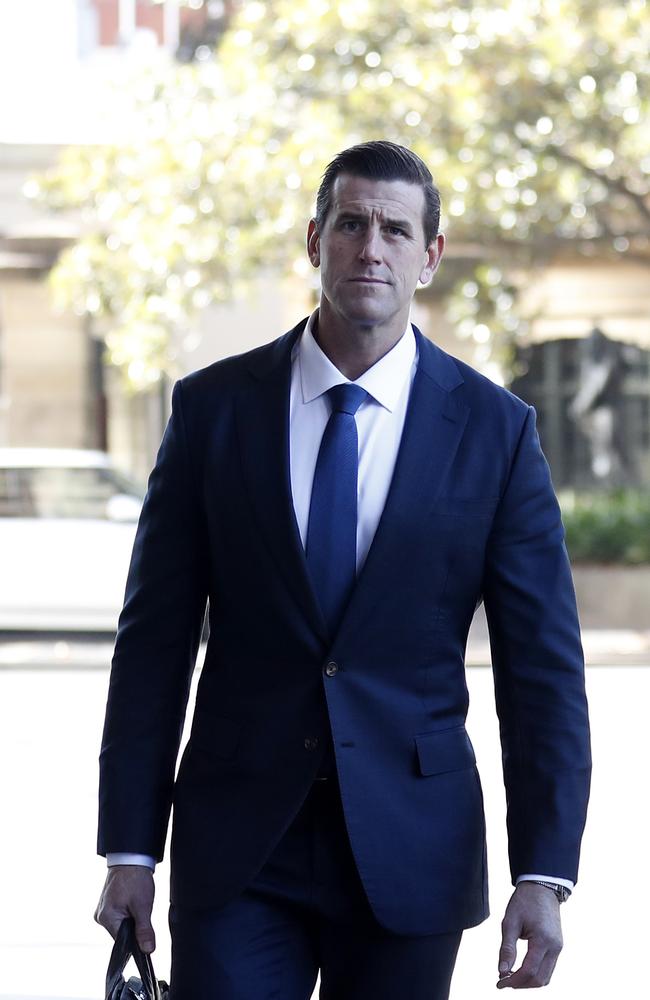
Mr Owens asked Mr Roberts-Smith if there had been a degree of frustration among Australian soldiers at the fact Afghan insurgents who had been “PUCed” and returned to the base “found their way relatively quickly back on field”.
He replied that was true in his earlier deployments to Afghanistan and when asked if he shared that frustration, he replied: “Correct”.
Mr Owens asked Mr Roberts-Smith a series of questions about whether he considered killing unarmed persons in battle, or persons already under control – PUCs – to be murder.
Mr Roberts-Smith replied “yes” to each of these proposals.
Owens: If you are a 2IC and witness the patrol commander order a junior trooper to execute a PUC and the 2IC does not take reasonable measures to stop the junior trooper taking out the orders, is the 2IC complicit in murder?
Roberts-Smith: Yes.
Owens: If a 2IC stayed silent and failed to take steps to stop the murder, would the 2IC be complicit in that murder?
Roberts-Smith: Yes.
Owens: If they were in any way involved in killing a PUC … against the Geneva Convention, would they have engaged in conduct that would disgrace the Australian Army?
Roberts-Smith: Yes.
Owens: Would they have engaged in conduct that would have disgraced the nation of Australia?
Roberts-Smith: Yes.
On Thursday, Mr Owens questioned Mr Roberts-Smith about two of the missions on which Nine newspapers had alleged he killed an unarmed Afghan or a PUC.
In the so-called Ali Jan incident, which Nine alleged Mr Roberts-Smith had kicked an unarmed goat herder off a cliff, Mr Roberts-Smith said his patrol had shot a “spotter”.
The spotter, a term for a person carrying out surveillance for enemy insurgents, had been in a cornfield with an “Icom” telecommunications device in the village of Darwan.
Asked whether it was unusual that the spotter was there by himself as the Australians waited for a helicopter, he replied that “I thought he was unlucky”.
Both sides in the defamation case released lists of their witnesses to testify over the next few months.
Nine newspapers will call, as expected, 21 former or current SAS soldiers, four Afghan villagers, and in the final part of its case, Mr Roberts-Smith’s estranged wife Emma, and her school friend, Danielle Scott.
Mr Roberts-Smith’s witnesses include 16 former or current SAS soldiers, the former Australian War Memorial Director, Dr Brendan Nelson, and former Channel 7 executive, Neil Mooney.
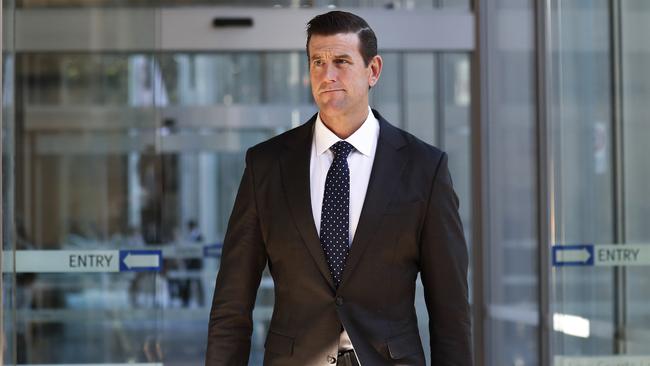
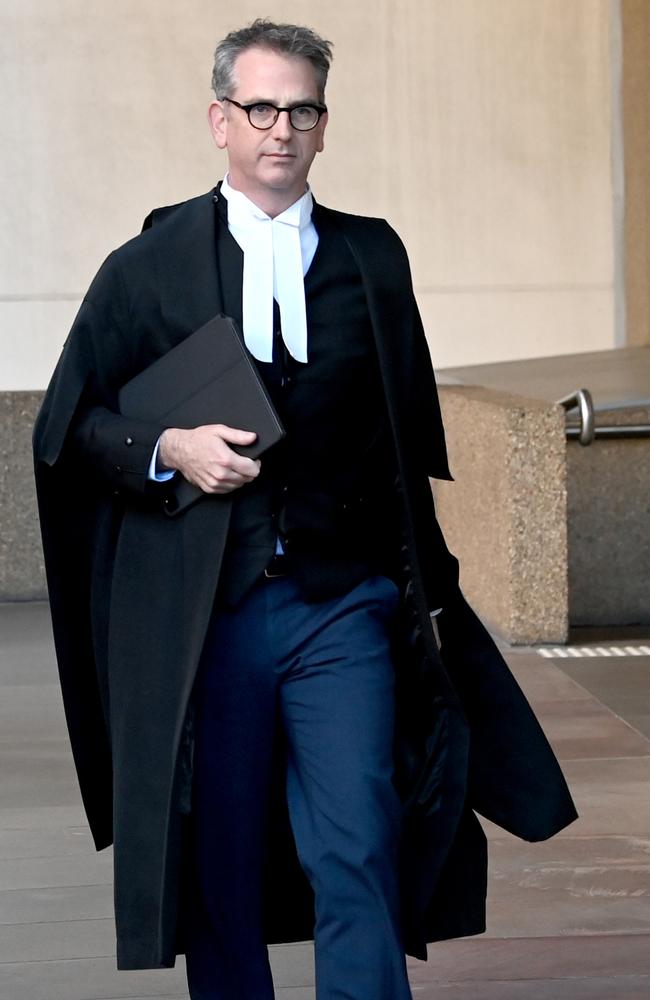
On his last day of giving evidence in chief on Wednesday, Mr Roberts-Smith broke down describing how when he walks down the street now he believes other people “think I hit a woman”.
He also described being “scared” for his children after the initial articles published in 2018 about a rogue SAS soldier named “Leonidas” clearly identified him, partly because of a tattoo on his torso.
“It crushes my soul,” he said.
“I couldn’t protect my kids which is extremely hard to take.
“I’ve had moments in my last three years that I just didn’t think it’s worth it.”
Mr Roberts-Smith is suing Nine newspapers and three journalists for articles published in three newspapers from the second half of 2018.
The articles had referred to an unhealthy warrior culture within the SAS and referred to a soldier as “Leonidas”, the name of a legendary Spartan warrior featured in the movie 300.
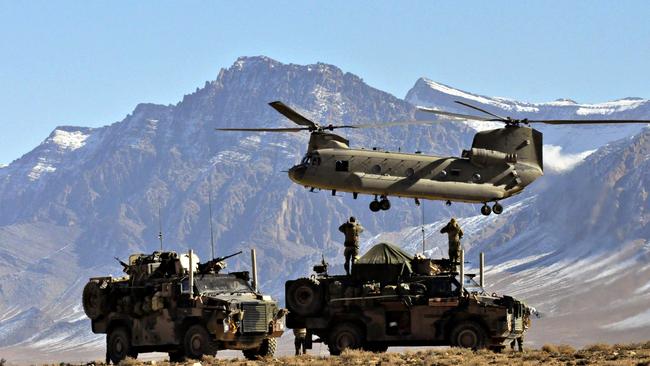
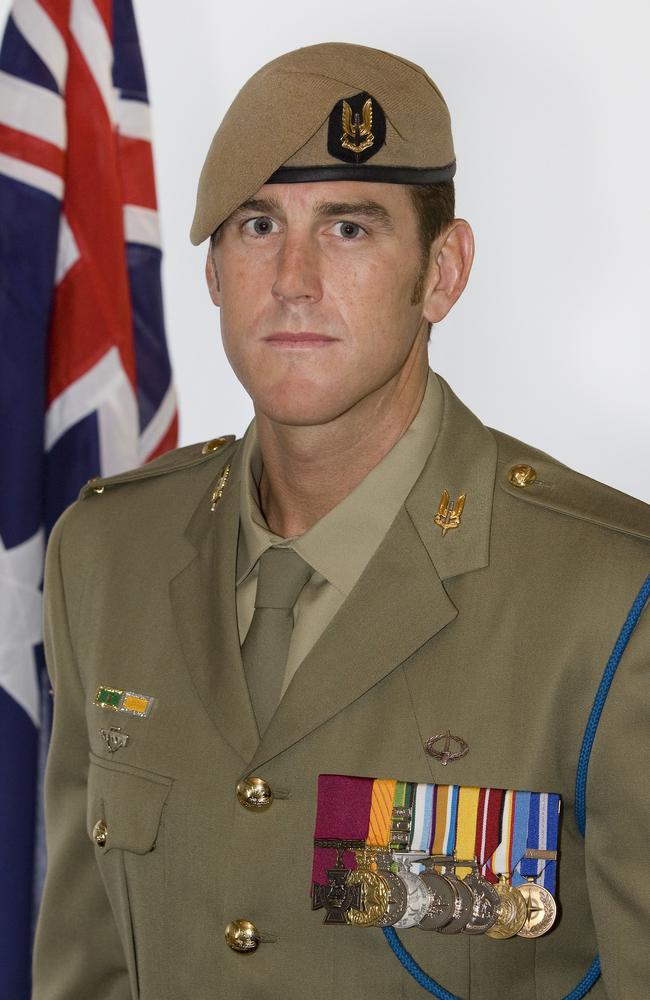
Ben Roberts-Smith revealed earlier in the week that he had secretly tailed his mistress as she faked having a pregnancy termination because he believed she was lying about being pregnant to keep him in their affair.
The war hero said that in February 2018, some months after the woman – known as Person 17 – had threatened to self harm, she had met up with him to attend a pregnancy termination “appointment”.
The appointment was at Brisbane’s Greenslopes Hospital and he had her surveilled on video by private eye John McLeod, because he believed she was faking the pregnancy as well as the termination.
RELATED:Ben Roberts-Smith secretly tailed girlfriend to clinic
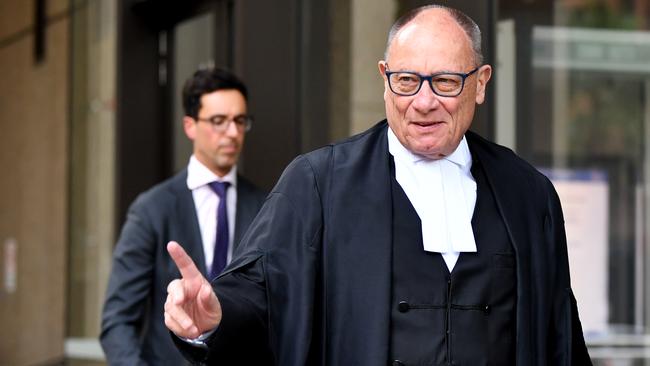
Person 17 is the woman who Mr Roberts-Smith is accused of assaulting a few months later, which he vehemently denies.
“I just wanted to know the truth, I felt I was being manipulated. I did not feel the situation was real,” he told the court.
Mr Roberts-Smith said the woman then told him that she had had a miscarriage so “now I had three stories going”.
He said she then “admitted she didn’t have the procedure in Brisbane or in Townsville”.
“She didn’t want me to break up the relationship,” Mr Roberts-Smith said.
He said that on the occasion they went to Canberra, on May 28, 2018, from which the allegation of assault had arisen, Person 17 had taken a valium tablet and then consumed more than a bottle of white wine.
When they left the Great Hall, the woman had a drink in her hand and he had gone to speak to the driver of the Comcar who was waiting to ferry them home.
“While I was talking … to the Comcar driver, a man approached (and said) there was a woman who had fallen on the stairs who said she was with me.”
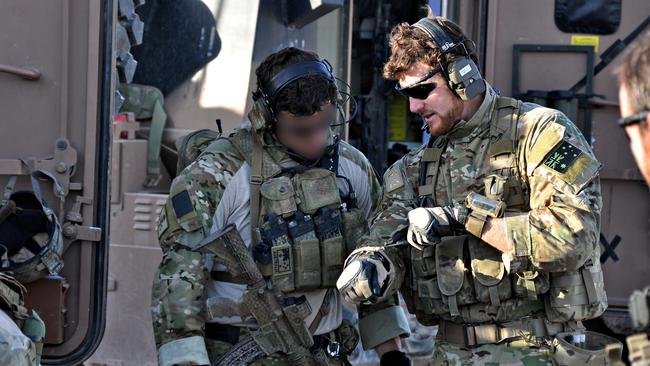
RELATED: Tattoo that left Roberts-Smith exposed
He found federal police officers holding her up and said she “had a significant bump on the top of her left eye”.
He said she was very intoxicated and incoherent and had laid down in the back of the Comcar.
Back at the Realm Hotel, he had ordered ice from room service and made a makeshift pack for her eye with a bin liner and a towel.
He said she had passed out, he had undressed her and put pillows under her head to elevate the injury and had not spoken to her until the next morning before he flew out.
Asked if he had assaulted her, Mr Ben Roberts-Smith said he had “absolutely not” and that he found violence against women “deplorable” and “reprehensible”.
Mr Roberts-Smith said that after media had pursued him in late 2017 and early 2018, he became aware he was the subject of “a whispering campaign”.
He was aware former SAS soldiers had made allegations about what had happened in Afghanistan.
“The bottom line is I felt I was being attacked publicly in the press and had no way of defending myself,” he said.
“I wanted to understand how … we’re not allowed to speak to the media. I’m bound by the Secrets Act.”
Mr Roberts-Smith agreed he had asked Mr McLeod to get the home addresses of former unit members, but said he hadn’t used them to intimidate his former comrades.
Asked by Mr McClintock if he had ever sent former unit members threatening letters or caused others to, Mr Roberts-Smith said no he hadn’t.

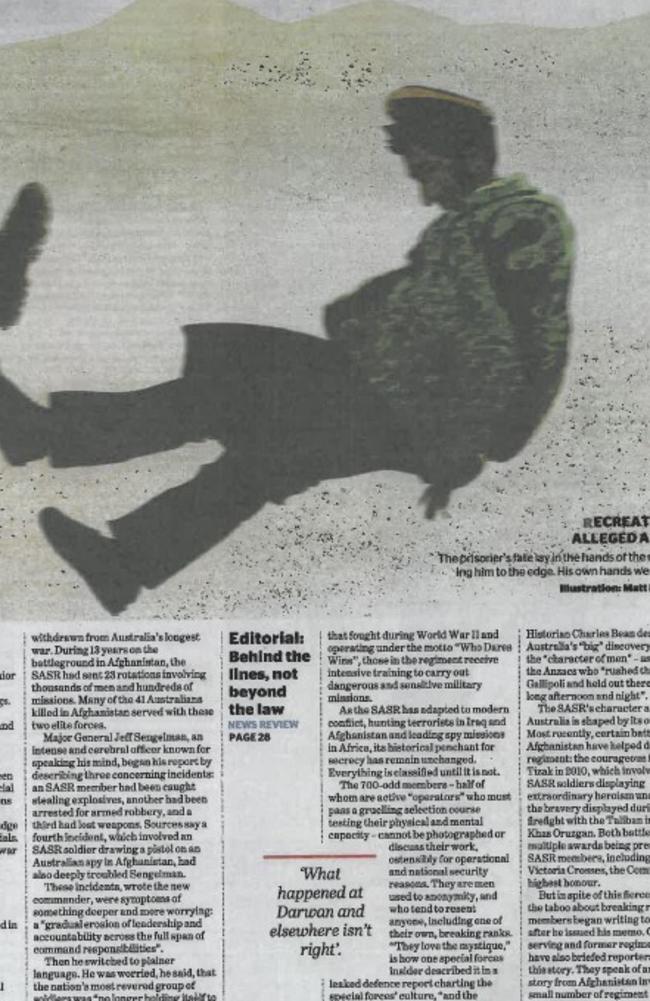
Mr Roberts-Smith is suing Nine newspapers for reports since 2018 which he says falsely claim he committed multiple war crimes, bullied other soldiers and that he assaulted the woman known as Person 17.
On Tuesday, Mr Roberts-Smith told the court he discovered when he had been the subject of a “whispering campaign” in late 2017 to early 2018 he feared his phone or computer was being hacked.
He felt he was constrained by the Secrets Act not to speak about SAS missions, but that people who held a grudge against him had been leaking to the press.
He said the allegation he had assaulted a woman “coupled with being called a war criminal has ruined my life. I felt it difficult to leave the house after that.”
In the trial’s first week, Mr Roberts-Smith broke down several times, once while recalling the 2010 Battle of Tizak, for which he was awarded the medal for valour, the Victoria Cross.
On the second occasion he recalled discovering that one of the soldiers he had killed – of 76 insurgents shot dead during 14 hours of fighting – was a 15-year-old boy.
Asked by Mr McClintock how he dealt with that fact, Mr Roberts-Smith said “I struggle”.
Also asked about Mr Owens’ opening statement last week in which he called the ex-soldier “a mass murderer”, Mr Roberts-Smith said he was both sad and “very angry” at accusations of executing unarmed Taliban fighters.
“I spent my life fighting for my country. I did everything I possibly could to ensure I did it with honour,” he said.
“I listened to that … and it breaks my heart actually.
“It’s devastating, quite frankly.”

